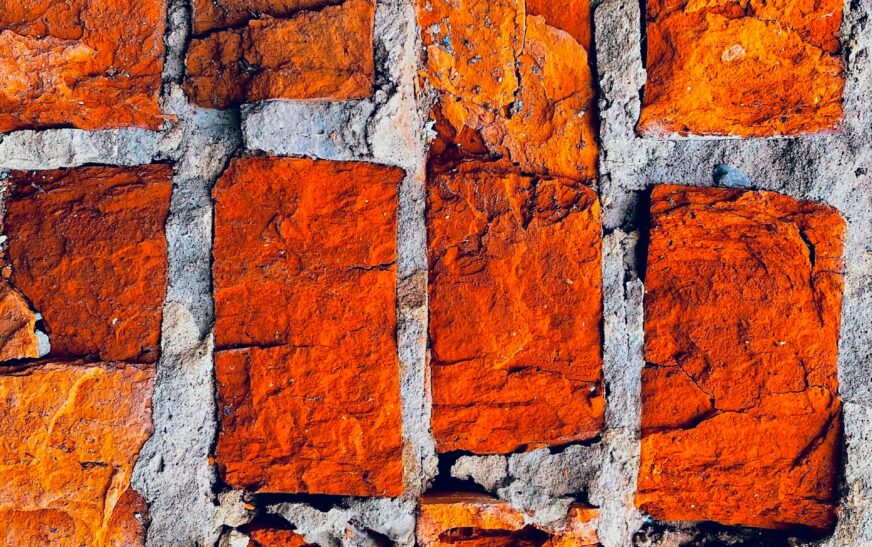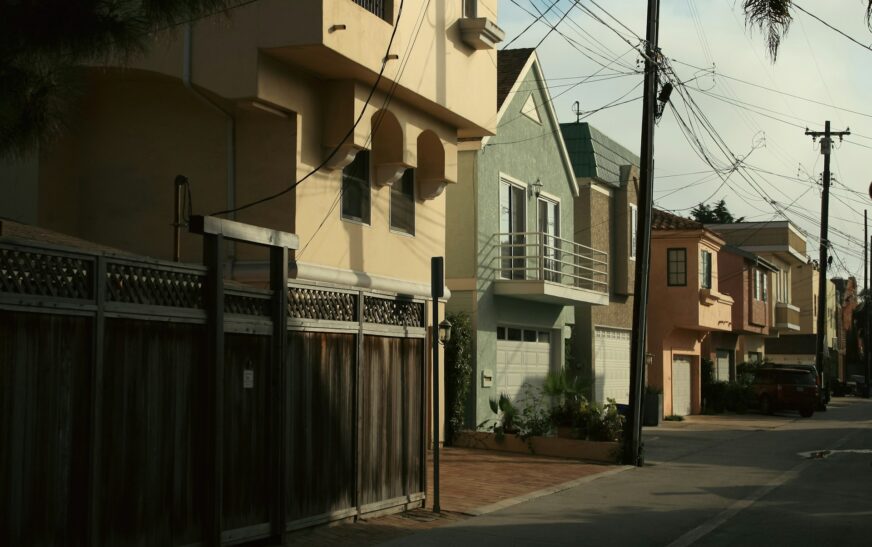The question “Should you paint a brick house?” sounds simple, but it carries a surprising amount of weight. On the surface, painting brick seems like a straightforward way to update your home’s appearance. A fresh coat of white or gray might transform a dated exterior into a modern masterpiece. But once that first layer of paint touches the porous surface of brick, there’s no turning back—not without serious effort, anyway.
Should You Paint a Brick House
Let’s break down what painting your brick home actually means: the visual payoff, the hidden downsides, and the irreversible nature of this popular design choice.
Why Homeowners Are Tempted to Paint Brick
Painted brick can look stunning—there’s no denying it. It offers a sleek, uniform appearance that traditional, weathered brick doesn’t always provide. For those dealing with mismatched bricks, unsightly stains, or decades-old exteriors that feel tired, paint can seem like a breath of fresh air. It’s a tempting shortcut to instant curb appeal.
But beneath the surface, that transformation carries long-term consequences—some aesthetic, some structural.
The Pros: Clean, Modern, and Customizable
- Aesthetic Control: Painting gives you full control over your home’s palette. Want a soft farmhouse white or dramatic charcoal? Go for it.
- Covers Imperfections: Paint conceals discoloration, patchwork repairs, or brick that has aged unevenly.
- Immediate Transformation: The visual change is drastic and can make an older home feel brand new.
Sounds great, right? But here’s where things get tricky.
The Cons: It’s (Mostly) Permanent and High Maintenance
Once you paint brick, you’re in it for the long haul. Brick is a naturally breathable material. Paint traps moisture, which can lead to peeling, bubbling, and—more dangerously—water seeping into the mortar and causing internal damage over time.
Let’s take a closer look at what you’re signing up for:
- Moisture Risk: Brick is porous, and painting it can disrupt its ability to “breathe.” Trapped moisture can degrade the mortar and cause deterioration from within.
- Regular Repainting: While unpainted brick can last for decades with little maintenance, painted brick requires upkeep every 5–10 years depending on climate and exposure.
- Difficult to Reverse: Removing paint from brick is extremely labor-intensive, often requiring chemical strippers, scraping, or even sandblasting—which can permanently damage the surface.
Consider Your Climate
If you live in a humid or rainy region, the risk of trapped moisture is even greater. Freeze-thaw cycles in colder climates can cause water inside the brick to expand and contract, leading to cracks. Dry, arid environments tend to be more forgiving—but even then, painting alters the brick’s natural ability to regulate moisture and temperature.
Painted Brick Is a Commitment, Not a Trend
The trend of painting brick surged in popularity in recent years, largely thanks to home renovation shows and Instagram-worthy exteriors. But trends fade. And once brick is painted, reverting it to its original state isn’t just difficult—it’s often impossible without damage.
That’s not to say painting brick is always the wrong choice. It can be a smart move if your brick is already damaged, mismatched, or unattractive. But painting for purely aesthetic reasons—without fully understanding the consequences—can lead to future regret.
When It Might Be Worth It
- The brick is in poor visual condition.
- You’re prepared for future upkeep.
- You live in a dry climate.
- You’re looking for a permanent visual overhaul.
But if your brick is in good shape and you’re unsure about the long-term commitment, pause before picking up that brush. Once painted, there’s no going back without a fight.
Read More : How to Take Paint off of Brick: A Careful Restoration Guide
Final Thoughts: Should You Paint a Brick House?
The answer? It depends.
Painting a brick house is like getting a tattoo—it might look amazing, but you’d better be sure. While it offers undeniable curb appeal, it comes with trade-offs that can affect your home’s health and longevity. Weigh the pros carefully against the cons, and consider whether the short-term satisfaction is worth the long-term responsibility.
Because sometimes, preserving the original character of your home is the boldest design decision you can make.










